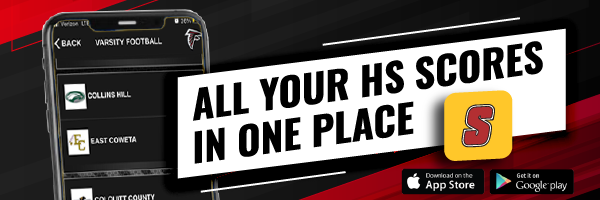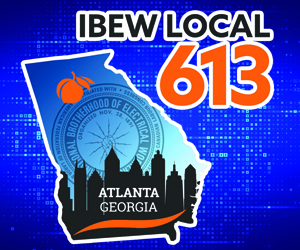Last year, according to Forbes, 10 Division I colleges brought in at least $40 million in profits via their sports programs (including the University of Georgia). Recent contracts with television networks will bring even more money (we’re talking billions) to these schools. With the proverbial pot of gold overflowing, I think it’s time to re-address the age-old question of whether college athletes should be paid.
The current stance by the NCAA is that the only acceptable model for paying athletes is called professional sports and college athletes are amateurs. They want you to think that college athletics are not a business. In theory, they will tell you that athletes are already being compensated. If you wanted to go to UGA, the cost of a tuition, room and board, books, etc., would cost you about $80,000 for four years (not accounting for inflation). Heaven forbid you’re from out of state – if so, the cost nearly doubles. So when an athlete is offered one of the 85 available scholarships to play football at UGA, he is getting anywhere from $80,000 to $160,000 in education services and living expenses in exchange for his/her participation in the school’s athletic program. Since most athletes take the five-year route, that figure grows to at least $100,000. With those numbers, Division I athletes are “being paid” about $20,000 a year. What more could a college athlete want?
In addition, the lifestyle of a Division I college athlete is pretty “swank” (I think that’s the new hip term for “really nice”). College dorms are state-of-the-art, food is first-rate, clothes are free (provided you wear the official brand) and travel borders on luxurious versus economical. In addition, each team now has an “academic advisor” who works with the players to be sure they retain their eligibility. (Since the national average graduation rate for Division I athletes is under 50 percent, some teams might want to change advisors). Nonetheless, the NCAA wants us to think the college athletes are students first and athletes second, and wants to keep things as they are. I’m not buying it.
Let’s face it: the biggest competition between colleges is for recruits. Without players, no program will succeed. From “big-name” coaches to incredible new facilities, each school is trying to one-up each other at any cost in order to lure the best players. Where does this money come from? The money comes from the players’ performances.
According to published reports, 42 of 119 Division I coaches make more than $1 million per year year (that includes Nick Saban’s eight-year, $32 million deal). That kind of money isn’t available without star-quality players. On the other hand, if someone buys a Matthew Stafford jersey, Matthew Stafford doesn’t get a penny. How is this fair? This is now known as the “Robbing Matthew To Pay Nick System.”
I agree that a college education, along with room and board, is a good starting point. In today’s world, however, with ranked high school athletes and billions in television revenues and shoe contracts, college athletes should be able to profit themselves from their efforts, not to mention protect themselves from a major career-ending injury. It’s time to open this debate and come to an answer that’s fair.
But that’s just my opinion.
Dankosky can be reached at kdankosky@scoreatl.com.






















































